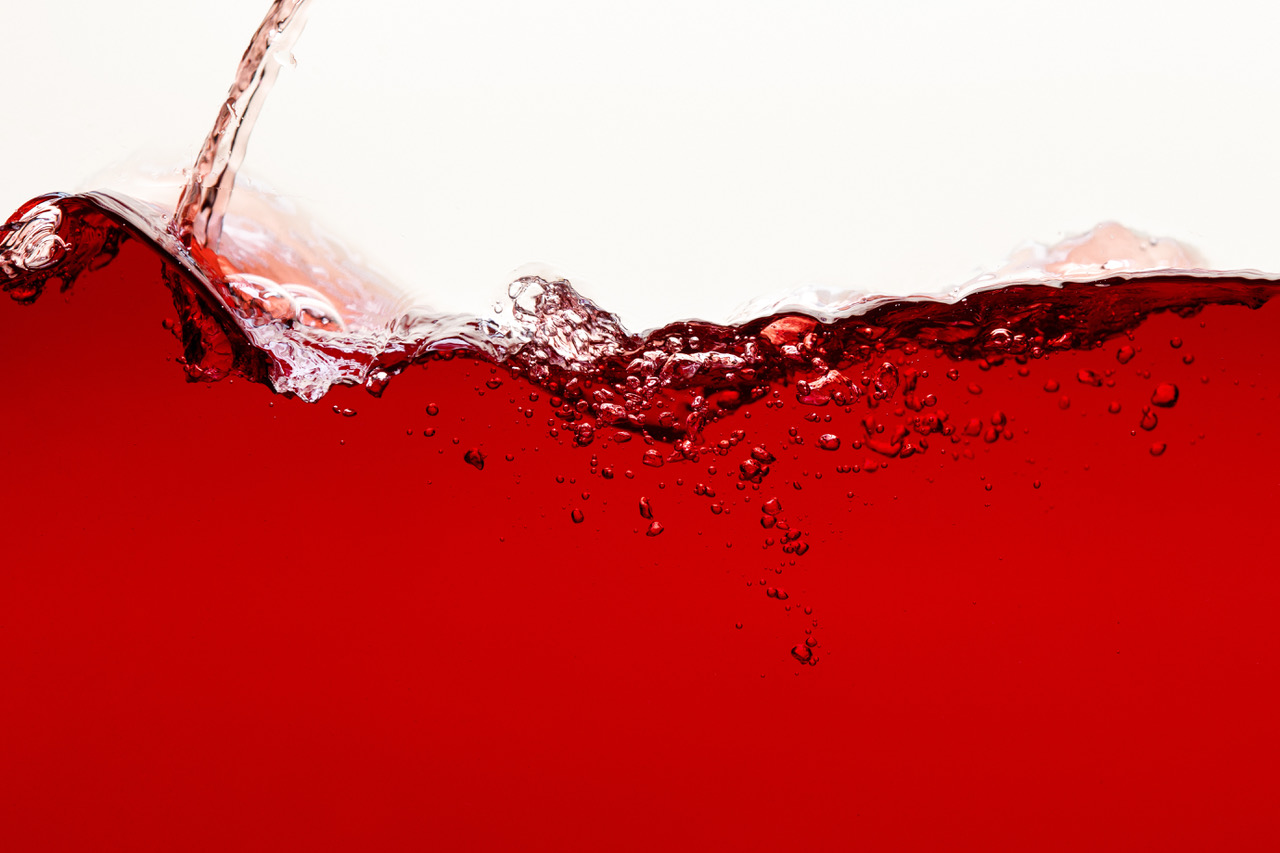When I was learning how to blind taste for the Master of Wine exam, I often was surprised how many fellow Candidates talked non-stop about aromas. For me, the smell of a wine only helped get so far. After all, how many red wines smell a bit like cherries? I easily can name a dozen. So looking at aromas alone seemed unreliable. Instead, I find that texture is one of the most useful elements of wine tasting as well as food and wine pairing.
Texture: A Key to Pairing Food and Wine
It’s not just aroma and flavor that help us pair wines with food

Texture can describe the overall feel of a wine in your mouth. A wine can feel smooth, silky, waxy or clingy. It can also be watery, limp, sinewy or hard. I often call on fabrics when I think of the texture of a wine: satin, flannel, scratchy Shetland wool.
Texture can describe tannins in wine. Tannins are compounds that give wine structure. Pinot Noir has soft, powdery tannins. Sangiovese has sandy tannins. Cabernet Sauvignon has a lot of tannin, but it is finely-grained tannin. For Cabernet Sauvignon, I think of a high grit (smoother) number sandpaper. For Nebbiolo, I think of a medium or even low grit (rougher) number sandpaper.
Texture can also describe the bubbles in sparkling wines. Some sparkling wines feel more like Perrier sparkling water (big, rambunctious bubbles) than San Pellegrino (smaller, refined bubbles). Another way of thinking of sparkling wine texture is comparing it to bubble wrap. There is bubble wrap with small bubbles for protecting small, delicate objects. Then, there is bubble wrap with large bubbles for wrapping lamps or furniture.
“I often call on fabrics when I think of the texture of a wine: satin, flannel, scratchy Shetland wool.”
Where grapes are grown and the ways that wines are crafted influence texture. For example, wines from a warmer climate tend to be plusher because the grapes usually see more sunshine. Grapes from cooler climates tend to make tauter wines with less baby fat. Additionally, wines made in stainless steel have less oxygen interaction during their production, so they tend to feel firmer and leaner. Wines that undergo some barrel-aging or were made in unlined concrete or clay vessels experience more oxygen exchange and frequently receive exposure to the spent fermentation yeasts, or lees. Both techniques create broader, lusher textures. Think patent leather for a stainless steel-made wine and suede for a barrel-made wine.
Understanding the overall texture of a wine is useful in understanding food and wine pairing. For example, it’s common to pair a wine and a food that have similar weights and flavors. If their textures are also similar, the pairing may be sublime or it may feel too “same-y,” creating palate fatigue. Sometimes a contrast is the best option. As the PairCraft process demonstrates, you really have to test ideas to find the best pairings.
